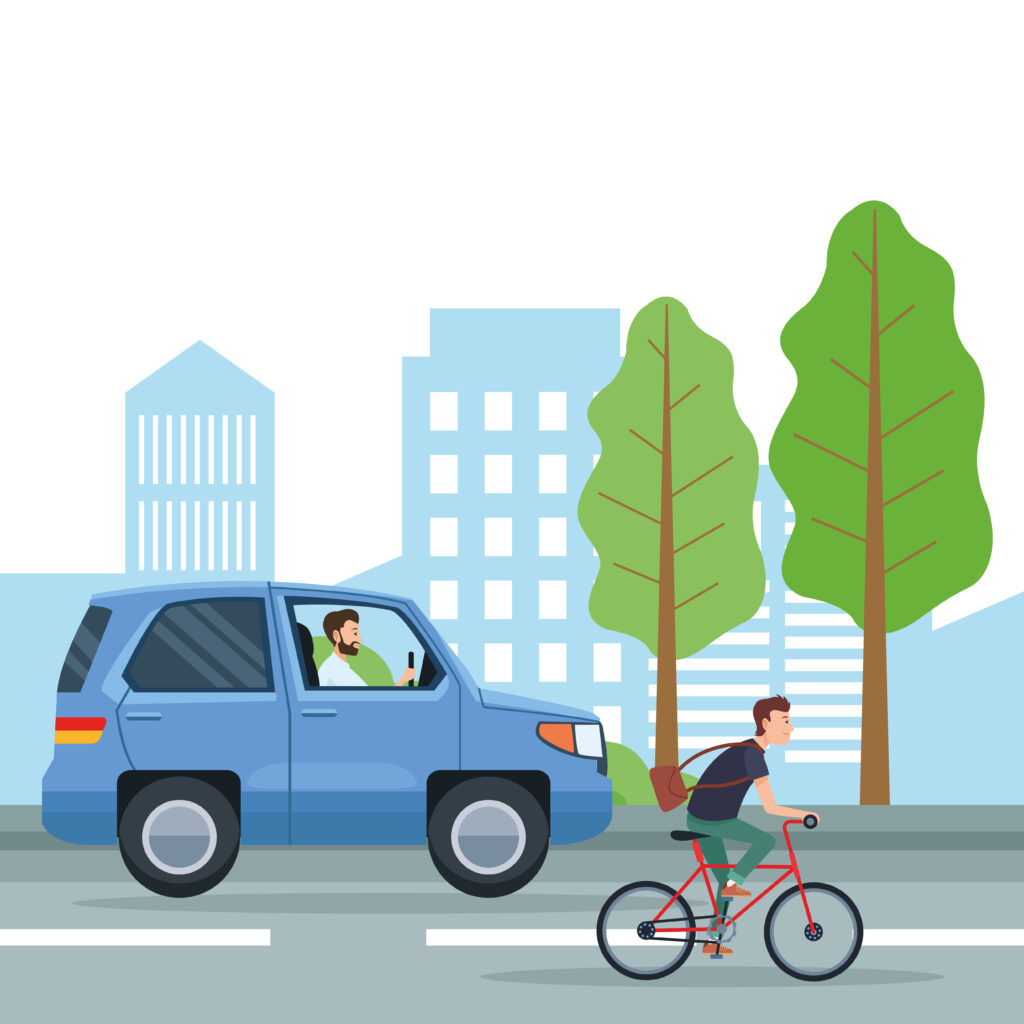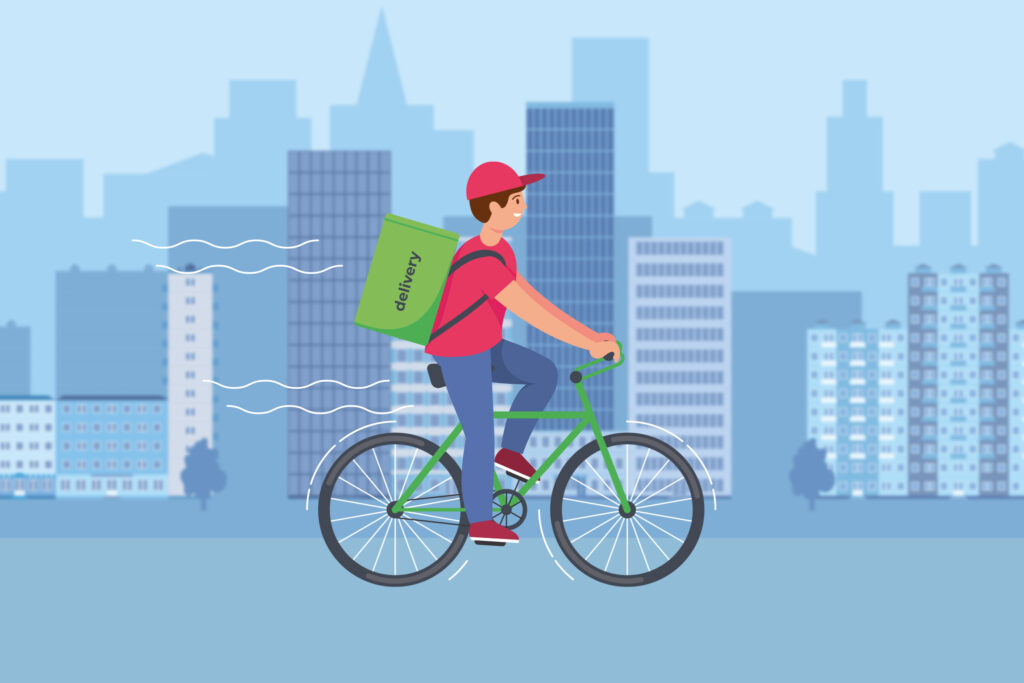Delivery services have become an integral part of our modern lifestyle, especially with the surge in e-commerce and online shopping. As the demand for convenient and efficient delivery continues to grow, businesses are exploring alternative modes of transportation to meet these needs. In this blog post, we will delve into the debate of bikes versus cars for the future of delivery services and explore the advantages and challenges associated with each option.
The Rise of Bikes in Delivery Services: In recent years, bikes have gained significant popularity as a sustainable and efficient mode of transportation in urban areas. Here are some reasons why bikes have emerged as a viable option for delivery services:
- Environmental Sustainability: With increasing concerns about climate change and air pollution, using bikes for deliveries aligns with the global push for eco-friendly solutions. Bikes produce zero emissions, making them a greener alternative to cars that contribute to air pollution.
- Cost-Effectiveness: Operating and maintaining a fleet of cars can be expensive for delivery services. Bikes, on the other hand, are more affordable to purchase, require less maintenance, and incur minimal fuel costs, resulting in potential long-term cost savings.
- Maneuverability in Congested Areas: Urban areas often suffer from traffic congestion, making it challenging for cars to navigate through narrow streets and reach their destinations promptly. Bikes, with their agility and ability to weave through traffic, offer a faster and more efficient option, particularly in densely populated areas.
- Last-Mile Delivery: Bikes excel in last-mile deliveries, which involve transporting packages from a central hub or a nearby location to the final destination. Their compact size allows for easier access to crowded neighborhoods, apartment complexes, and other challenging locations where cars may face limitations.
- Positive Brand Image: Embracing bike delivery services can help businesses cultivate a positive brand image, showcasing their commitment to sustainability and social responsibility. This can resonate with environmentally conscious consumers who prioritize supporting eco-friendly initiatives.
The Continued Relevance of Cars in Delivery Services: While bikes offer numerous advantages, it is important to acknowledge that cars still hold value in certain delivery scenarios. Here’s why cars remain relevant:
- Capacity for Bulk Deliveries: Cars and vans provide ample space to transport larger, bulkier items that may be impractical for bikes. For businesses that handle substantial or specialized goods, cars are essential to meet these specific delivery requirements.
- Long-Distance Deliveries: Bikes are well-suited for shorter distances, such as urban deliveries. However, for long-haul or intercity transportation, cars are more efficient due to their higher speeds and ability to cover greater distances in less time.
- Adverse Weather Conditions: Bikes are susceptible to weather conditions, which may impact delivery timelines and the safety of riders. Cars offer a more reliable option during extreme weather events, ensuring that deliveries can still be fulfilled.
- Flexibility for Multi-Modal Operations: In some cases, a combination of bikes and cars can be the optimal solution. Businesses can leverage the strengths of each mode, utilizing bikes for local deliveries and cars for longer or more demanding routes, creating a versatile and adaptable delivery network.
As we look ahead, the future of delivery services is likely to witness a significant shift towards incorporating bikes into the delivery ecosystem. Their environmental sustainability, cost-effectiveness, and maneuverability make them a compelling choice. However, cars will continue to play a crucial role in certain delivery scenarios that require greater capacity, long-distance transport, and adaptability to adverse conditions. Striking a balance between bikes and cars, and perhaps exploring hybrid solutions, can pave the way for a more efficient, sustainable, and customer-centric delivery landscape.
By embracing the strengths of both bikes and cars, delivery services can unlock new possibilities, enhance customer experiences, and contribute to a greener future. Whether it’s the nimbleness of bikes or the versatility of cars, the key lies in adapting to evolving customer demands and optimizing delivery operations for maximum efficiency and customer satisfaction.




